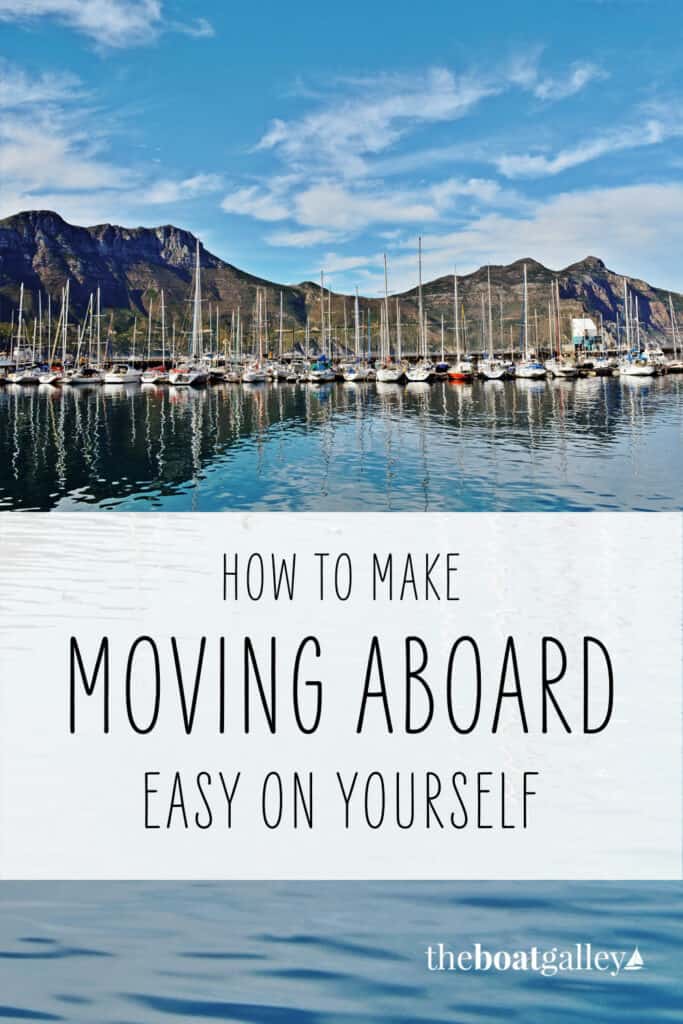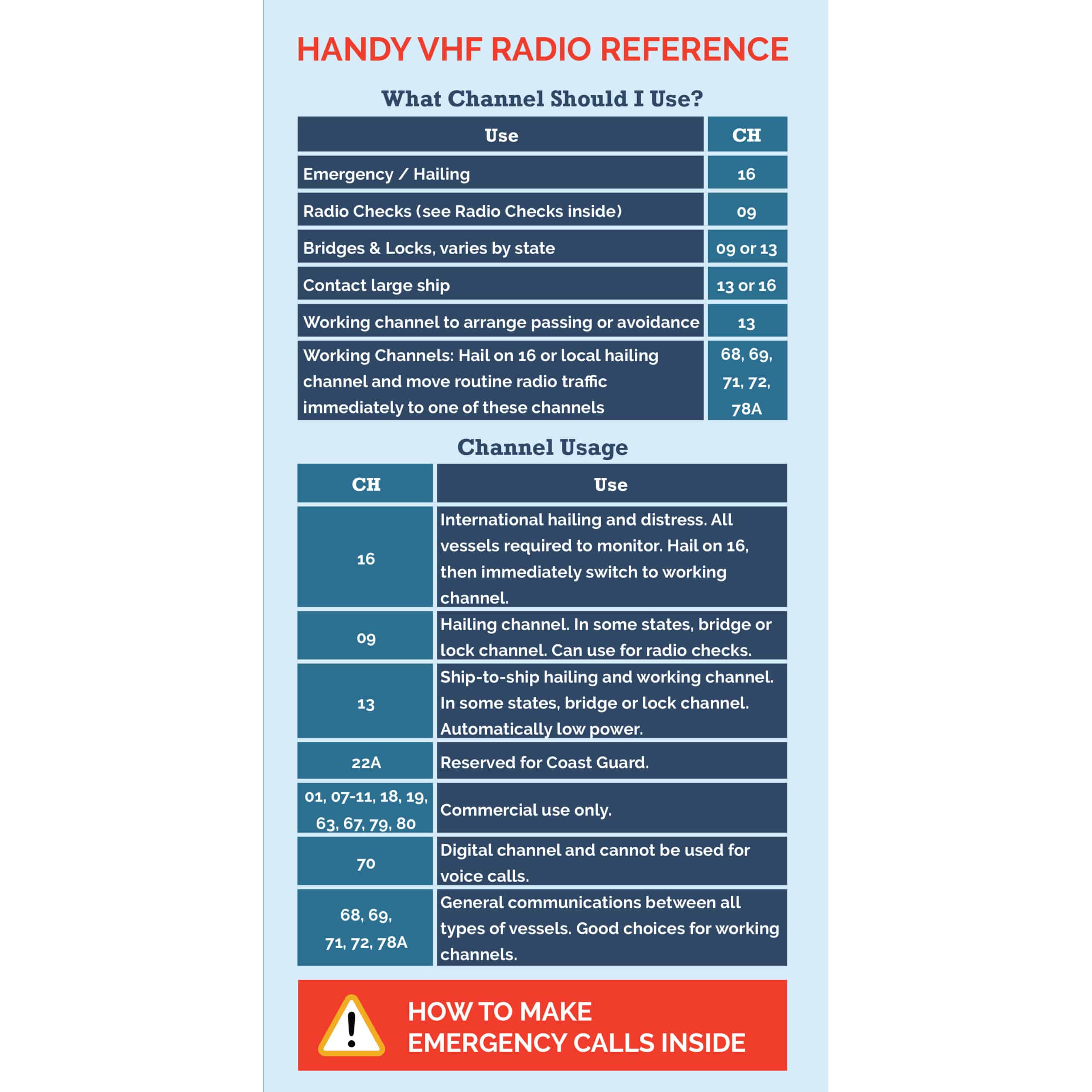
This week, let’s talk a bit about making the transition to living on a boat. Whether you’re moving aboard “permanently” or even just taking weekend trips, a boat is just plain different than living on land. And it takes getting used to.
My suggestions:
- If you are moving things “all at once,” get a motel or AirBnB for a few days until you get things sorted and put away on the boat, so that you can go away from the mess and confusion for the night.
- Expect that you’ll move things around a few times initially as you move aboard, and several more times over the course of the first year as you figure out what works for you. Even after living aboard for 15 years, I still occasionally move things around!
- You’ll have too much stuff. Weed out what you can and donate it, but if you are really unsure about something – or it has too great a sentimental value – get a tiny storage unit and put things there until you are sure.
- Spend time living in a marina or very convenient mooring field/anchorage at first. Get used to the boat systems and how life aboard works before adding in movement.
- In fact, my suggestion is to live at a marina for at least a month – you won’t have to worry about getting provisions by dinghy, and you’ll have unlimited power and water plus access to showers. Learn all the little stuff like where the light switches are and how the toilet works.
- Then move to an a nearby anchorage or mooring field and learn what it’s like to have to use the dinghy to get to shore and back, plus start managing your water and power usage. Again, at least a month until you feel comfortable with the process.
- Do something fun every day. Doing “work” all day, every day, is a recipe for disaster. Everything takes more time – making the bed, doing dishes, even just getting out the ingredients for dinner. Stress sets in when you feel like you’re always rushing from one “to-do” item to the next.
- Start with very short hops – maybe 3 or 4 hours at most. Have plenty of time to get underway and get anchored. Believe me, things will take longer than expected! I remember TBG’s Larry Webber – it took several hours to put his dinghy on deck the first time he did it. Now it takes 20 minutes.
- Use an abundance of caution with regards to weather.
- Don’t plan to be on the move every day when you first start. Explore ashore, but more importantly, have R&R days. This is especially true as you discover maintenance and repair needs!
- When things start feeling too tough, slow down. Stay in one place longer. Maybe get a slip at a marina. Sometimes, getting off the boat for a few days at an AirBnB can help, especially if you’re working on a project that has the boat torn up.
- Ask for help from other boaters. Whether it’s someone on the dock or anchorage next to you, in an online group, or deciding that you need more formal help (such as TBG’s online courses, Sailing Totem’s Cruising Coaching, having a mechanic teach you how to do a project, or hands-on lessons from a teaching captain) there is nothing wrong with getting help.
Sure, there will be days with frustrations. But taking the transition slowly, step by step, you can avoid many of the many pitfalls that derail many cruising plans. Don’t worry – pretty soon it will all be routine. Keeping the learning phase fun is a key to success.
Be sure to subscribe to The Boat Galley newsletter to keep up with what we’re up to and get helpful tips and encouragement from the water.
Flatten the learning curve with practical how-to info that gives you the confidence to step into life aboard.
Start Learning Today

Carolyn Shearlock has lived aboard full-time for 17 years, splitting her time between a Tayana 37 monohull and a Gemini 105 catamaran. She’s cruised over 14,000 miles, from Pacific Mexico and Central America to Florida and the Bahamas, gaining firsthand experience with the joys and challenges of life on the water.
Through The Boat Galley, Carolyn has helped thousands of people explore, prepare for, and enjoy life afloat. She shares her expertise as an instructor at Cruisers University, in leading boating publications, and through her bestselling book, The Boat Galley Cookbook. She is passionate about helping others embark on their liveaboard journey—making life on the water simpler, safer, and more enjoyable.










Leave a Reply